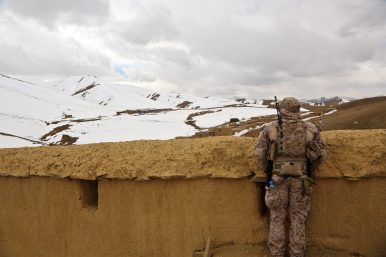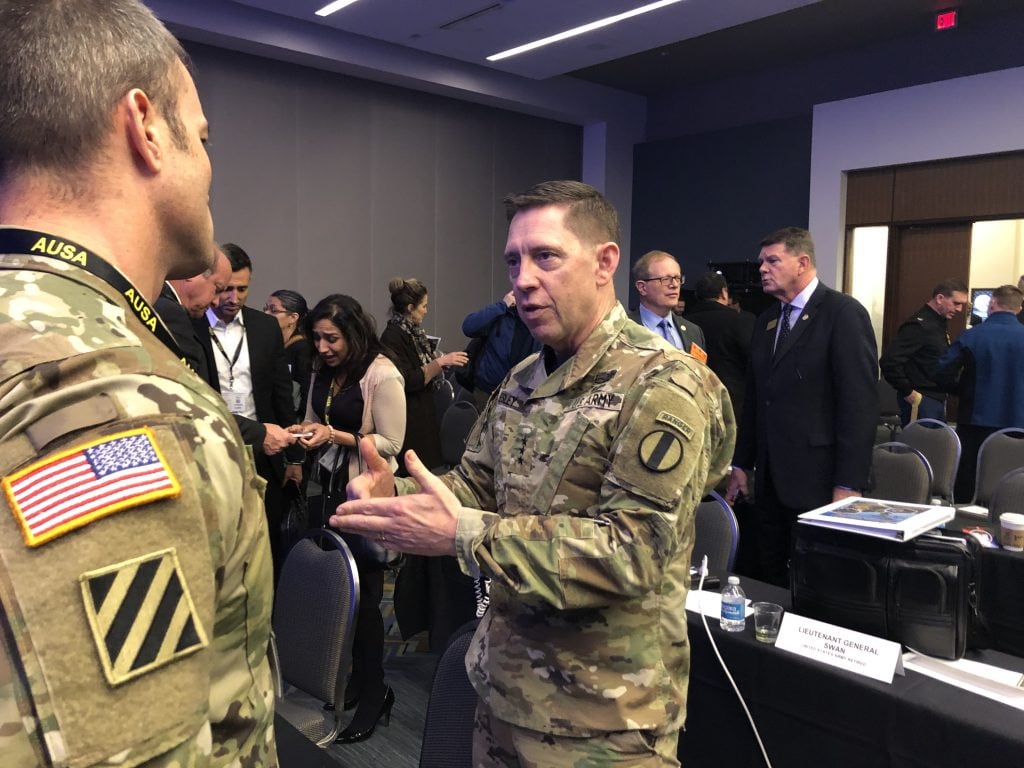Alok Joshi
There is a long-standing debate on the role, means, and end goals of intelligence. Is dissemination the purpose? Do ownership issues come into play between intelligence and law enforcement only in the event of success or failure? Such issues that bedevil the current debate are self-defeating and certainly not in consonance with the challenges that India faces. Across the world, intelligence agencies have restructured themselves to be embedded in operational work - it is no longer about 'them' and 'us'. Instead, they focus on building synergies, enhancing their technological wherewithal, and working out the best processes that can deliver the greatest advantages. For this to take place in India, there must be better dialogue between various arms of the security apparatus and serious thinking on how best to use available resources and anchoring new technologies.
The events of 26/11 provide an instructive backdrop to discuss the range of technologies that allow a state to prepare for similar security eventualities. Institutional changes are important, particularly in the interplay between intelligence and executive policing, to absorb and benefit from these technologies. This is not to critique the way events were handled in 2008, nor an attempt to cover every aspect related to it. Instead, it is a look at expanding the current discourse on the possibility of such a situation recurring, and India's preparedness to meet threats with all the resources at its command. This article will limit itself to the technologies that are available to India today, and will presuppose the development of advances in big data analytics and Artificial Intelligence (AI).







/arc-anglerfish-arc2-prod-mco.s3.amazonaws.com/public/HQQZ2GFRTVA3FOTWNRLGCLML7Y.jpg)











/arc-anglerfish-arc2-prod-mco.s3.amazonaws.com/public/OH42WCQUFRHTNC5F4JIVKROQBA.jpg)
/arc-anglerfish-arc2-prod-mco.s3.amazonaws.com/public/CGV3FP7DNBGR3FGCPE7DNGALLQ.jpg)

